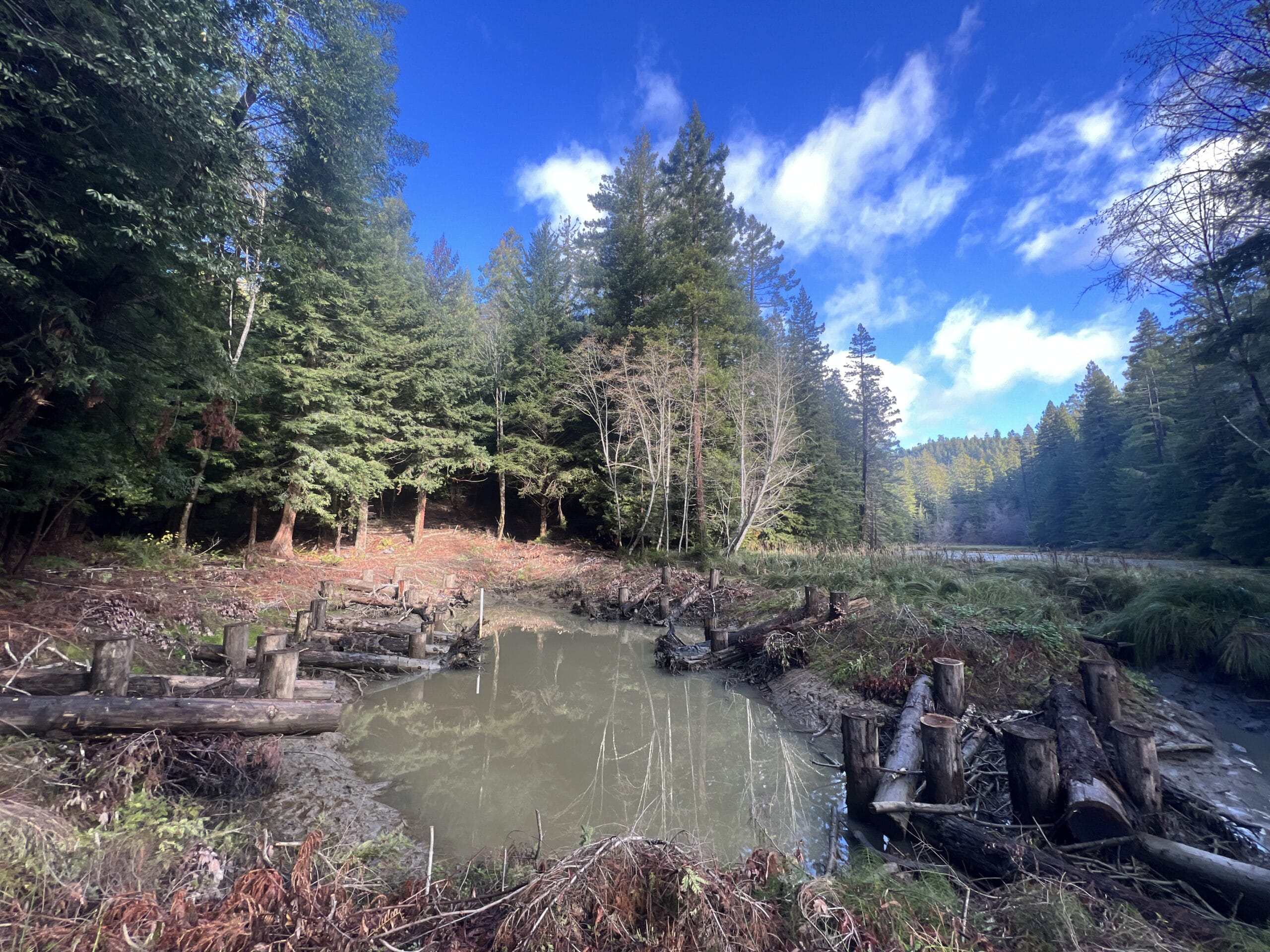Juvenile salmon and steelhead are immediately using reconnected habitat on California’s North Coast
In September 2023, after years of planning and fundraising, TU’s North Coast Coho Project and their partners completed a fish passage and habitat improvement project on Dry Dock Gulch, a tributary of Northern California’s Big River. The team replaced two small culverts blocking fish migration with a ten-foot wide, 68-foot-long culvert that will restore tidal waters to the mouth of Dry Dock Gulch and allow salmon, steelhead and lamprey to access reconnected habitat. They also excavated a side-channel alcove that will provide important rearing habitat for coho and refuge for fish during heavy storms. The new culvert greatly improves local infrastructure by creating a durable road crossing that is better able to withstand large rain events.
In late December, on the heels of a large coastal rainstorm, the partners returned to Dry Dock Gulch with seine nets and waders to see if fish were taking advantage of the reconnected habitat.
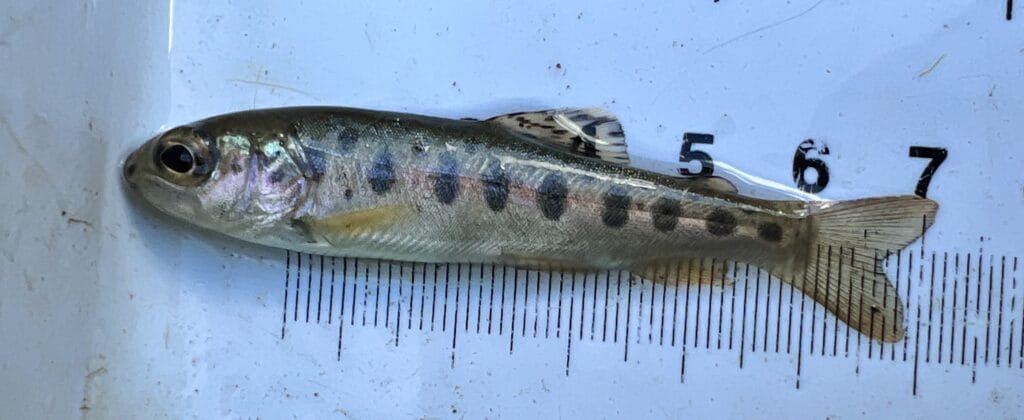
Their monitoring revealed that non-natal, juvenile coho salmon and steelhead were using the restored side channel and that the habitat was functioning as it had been intended. The young fish were measured, weighed, PIT tagged and released. Additionally, beavers have recolonized the reconnected side channel and an adult steelhead was documented as it was chased away by a Harbor Seal.
The presence of the young fish was an exceptional gift for the holidays; a celebration of the resiliency of wild, native fish, and a testament to the hard work and dedication of everyone involved in reconnecting Dry Dock Gulch to tidal waters.
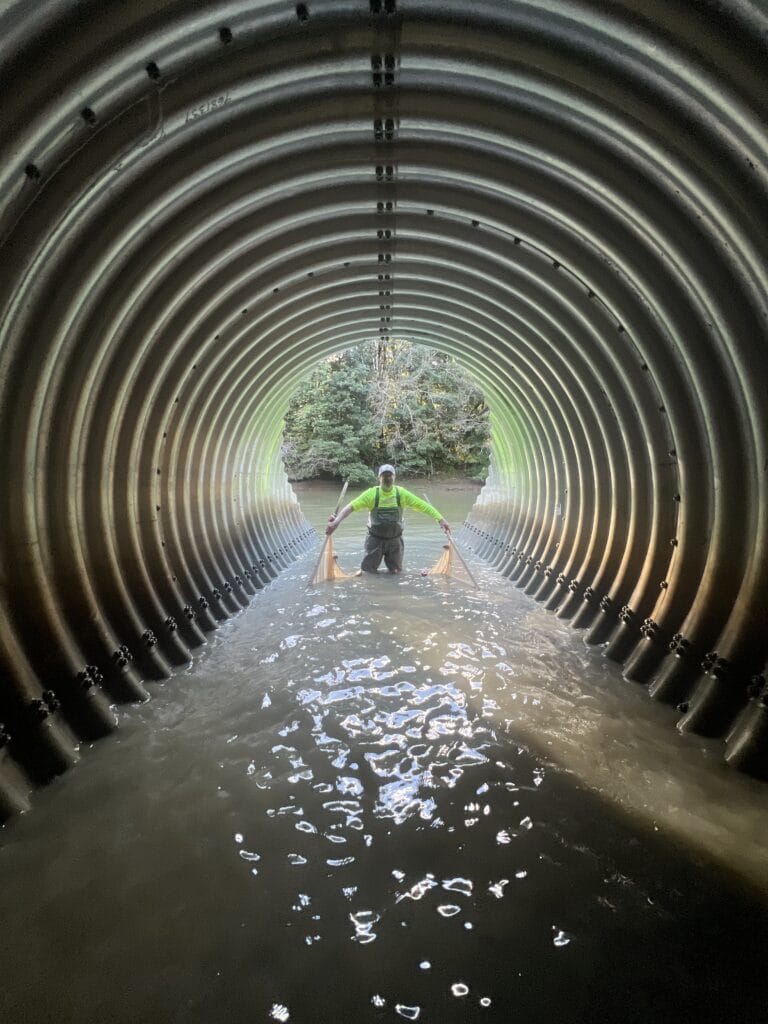
“For those of us working on the project, the news of juvenile salmonids occupying the site is tremendous. We worked on planning and design for ten years, and it’s reassuring and exciting to see the fish respond in the way we had hoped. Its possible fish have not had access to this site in 70 to 100 years,” explained Anna Halligan, the director of the North Coast Coho Project.
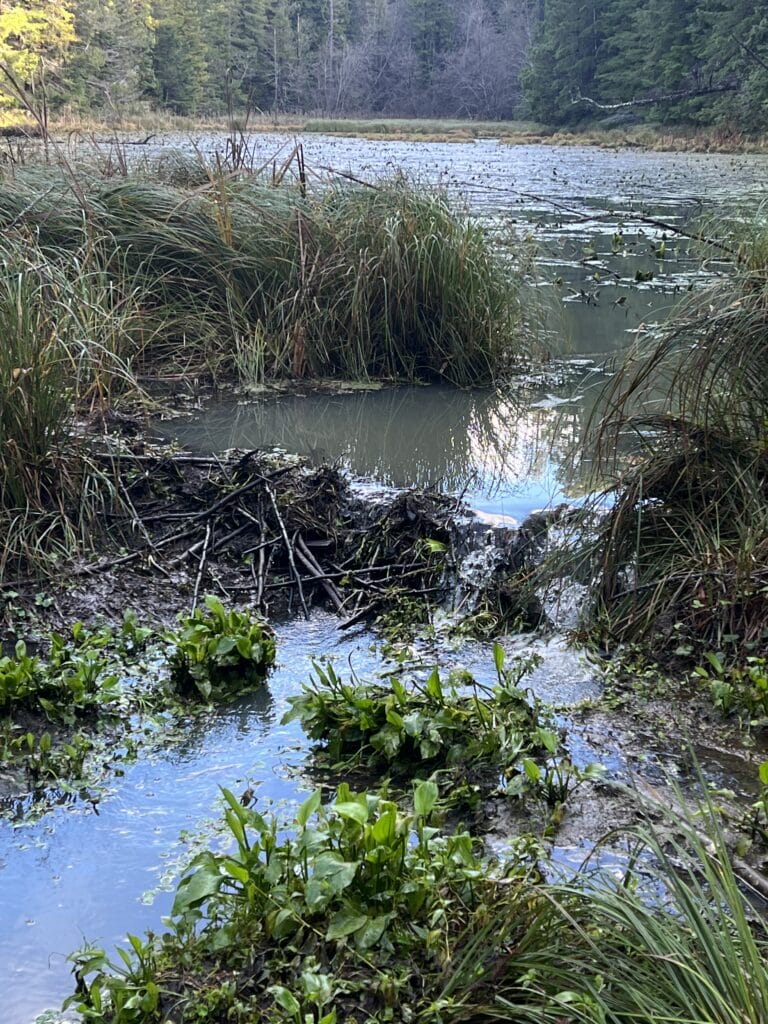
The work on Dry Dock Gulch took place in Mendocino Headlands State Park with help from park staff. The project was funded through the Bipartisan Infrastructure Law with a pair of grants from the NOAA Restoration Center and funding provided by the Pacific Coastal Salmon Recovery Fund through the CDFW Fisheries Restoration Grants Program.
The North Coast Coho Project
For nearly twenty-five years, TU’s North Coast Coho Project (NCCP) has been working to reconnect and restore habitat for struggling populations of North Coast and Central Coast Coho Salmon and Lost Coast Steelhead on watersheds across California’s rugged North Coast.
Through unique partnerships with private and public landowners, regional tribes, local communities, and state and federal agencies, the NCCP has reconnected over 70 miles of stream habitat, improved or removed nearly 600 miles of forest roads, installed 7300 pieces of large wood across 130 stream miles and prevented over 71,000 dump trucks worth of sediment from entering key Coho and Steelhead waters. Since 2008, they’ve raised or leveraged nearly $40 million for over 150 individual restoration projects and are showing no signs of slowing down in the coming years.
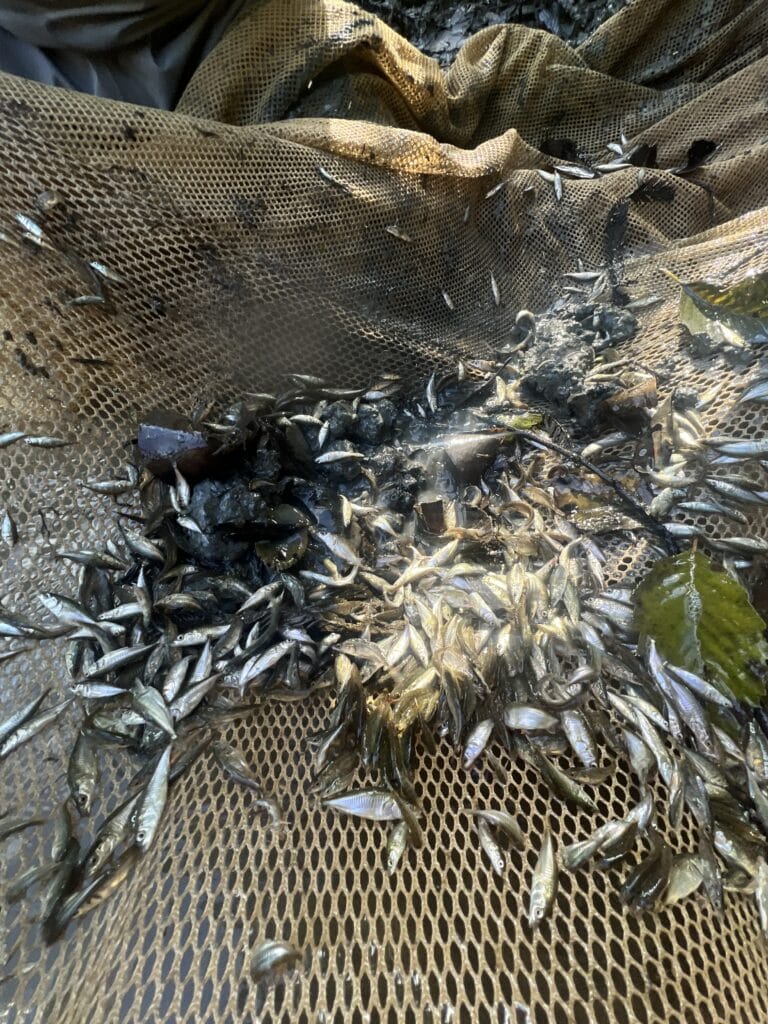
Recently, they were honored as one of NOAA’s restoration “Partners in the Spotlight” and highlighted by the agency in a recent report to Congress.
Learn more about their work at: northcoastcohoproject.org



